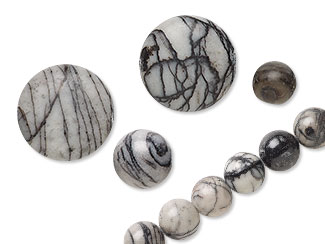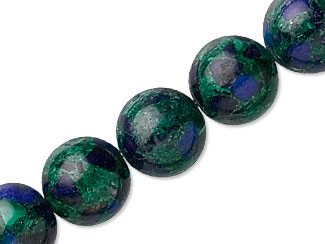History Its name is derived from the Latin word citrina because of its pale yellow citrus color (due to its iron content). From the earliest of times, citrine was called... read more →
History Cinnabar is an ore and a crystal, a variant of quicksilver--what medieval alchemists called the element mercury.The name "cinnabar" is said to derive from an Eastern Indian phrase meaning... read more →
History Chrysocolla, the king of carbonate copper gemstones, is an alluring, vivid blue-green color and is often mistaken for turquoise because they share many visual similarities. It can often be... read more →
History Chrysanthemum stone, the "flower stone," displays tan, brown, mahogany or golden color with dark veins--"flowered" inclusions. Called the "Stone of Wealth and Honor" by the Chinese people for centuries,... read more →
History Carnelian is believed to be named after the red-orange Kornel cherry. Artifacts using carnelian date back to the Bronze Age circa 1800 BC on the island of Crete. Carnelian... read more →
History Also called heliotrope, bloodstone is a form of chalcedony that includes opaque mossy greens and brick reds in an agate base, which can be opaque to translucent. Fire Mountain... read more →
History Black silk stone is an onyx marble with a beautiful, silky-smooth surface and satin finish. It features black banding that wraps around a grey-to-white background.The Romans were experts at... read more →
History Azurite-malachite is a blend of two distinct and popular gems: the deep, almost lapis-like blues of azurite and the variegated green shades of banded malachite. The name azurite comes... read more →
History Aventurine gets its name from the Italian word "avventura"--by chance, risk or luck. Its name is tied to the creation of goldstone, and the name for the manmade material... read more →









